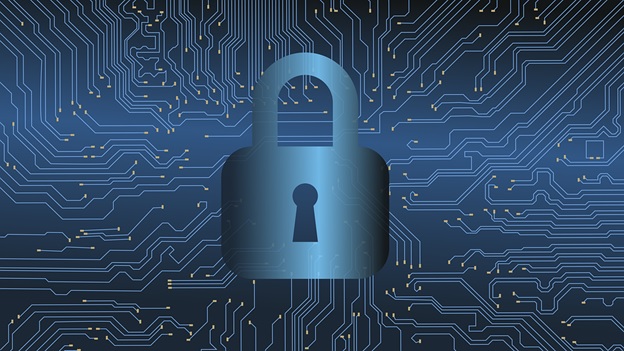Cybersecurity Predictions to Look for in the Future
How often do you work from home these days? Or how many of your employees use a remote connection to do their job? Do you organize Zoom meetings with stakeholders and partners who live abroad?
All these and more are the result of advanced technologies that focus on communication and collaboration. Leaving aside the fact that the pandemic scared most businesses into remote working, office life has changed.
It’s predicted that by the end of 2021, cybercrime will have cost the global economy $6 trillion dollars. With such a high price tag, it’s important to take all necessary precautions when it comes to cybersecurity. Here are five predictions for what you should expect in the future of cybersecurity.
Table of Contents
#1: Attacks on Remote Infrastructure
One of the biggest changes brought by the pandemic (in the business sector) is remote workers.
And, since companies didn’t have the time to prepare and train their employees, the world registered a wide range of attacks focused on the remote infrastructure.
Employees’ personal devices and unsecured communication channels were a godsend for cybercriminals everywhere!
But what’s even more worrisome, is the fact that one year into the pandemic, and the remote infrastructure remains cybercriminals’ main target.
#2: Data Breaches
Hospitals, governmental organizations, healthcare institutions, companies, personal computers, and cloud accounts – all these are teeming with juicy sensitive data that cybercriminals want.
Therefore, the ransomware attacks, phishing scams, and COVID-19 related scams will continue.
As a result, companies, organizations, and individuals that don’t put more care into their online and device security will be at risk.
The data collected via these attacks sell well on the dark web and are often used in identity theft scams. Here are just a few examples by Identity Guard, to showcase just how much the identity theft methods used by cybercriminals evolved in the last years.
#3: Increase Access & Security on Cloud
The journey to the cloud was boosted by the pandemic, but companies were already making the move.
Cloud services offer accessibility, storage space, and security at an affordable cost for all types of companies.
However, if in 2020 the focus was on productivity, in 2021 we should see a shift towards easy access and security. After all, some of the most damaging data breaches happened via a cloud attack.
With many businesses employing remote workers during the pandemic, remote security became critical, so we saw a significant rise in methods like MFA (multi-factor authentication), biometric scanning, and least-privilege protocols to ensure that remote workers don’t leak information.
#4: Ransomware and Phishing as a Service
Sadly, 2021 is also the year when RaaS (Ransomware as a Service) and PaaS (Phishing as a Service) became mainstream on the market. Both Ransomware and Phishing are profitable schemes, but now they can be auctioned off to anyone who wants to orchestrate an attack.
The system is rather simple. Cybercriminals create a ransomware software tool or a phishing scheme that has proven results (attacks that pierce the victims’ defense mechanisms) and open it up for anyone interested in paying the price. This way, the user doesn’t need to have advanced technical skills nor do they have to identify themselves. They just have to make the payment (usually in an untraceable cryptocurrency) and order the attack.
#5: More Demanding Data Protection Laws
With so many threats using advanced technologies already on the market, and others just emerging (like social engineering and business email compromise), data protection and security laws must be strict and demanding.
It took us a few years to come up with data protection laws that truly cover the victim, but we are finally there. In the years to come, we should see companies and organizations of all sizes under pressure for their security and data protection systems.
Key Takeaways
It is scary when you think about it. Cybercriminals seem to have everything figured out, especially now that advanced technologies are easily accessible to anyone. Still, with AI algorithms evolving fast, the cybersecurity industry has an amazing chance to improve and beat ill-intended actors at their own game. Of course, the cybersecurity sector needs all the help it can get from legislators and law enforcement agencies.
Lastly, every individual is responsible for their own safety while browsing online. So pay attention and stay up to date with regards to the latest threats.

